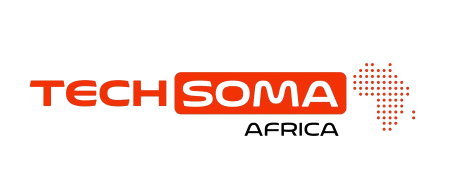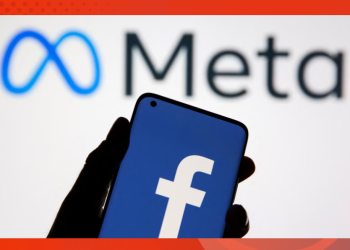Canva CEO, Melanie Perkins didn’t come from a technical background. But what she did have was a bold step to make design simple for everyone, even those who had never opened Photoshop. More than a decade after launching Canva, that vision has scaled into one of the world’s most valuable startups, used by more than 230 million people and generating $3 billion in annual revenue.
Now, the company she co-founded is pushing that same vision even further with Canva Code, a generative AI coding tool designed to help anyone turn ideas into interactive experiences, no technical skills required.
“It’ll be their entrée into coding, Because all of a sudden you can see code that’s generated and go in and edit it. It just starts to unlock people thinking in the land of code.” Perkins said in a recent interview.
Making Coding Less Scary
Canva Code lets users input natural language prompts like “build an interactive map of travel destinations” and receive working, editable code they can plug straight into a design. It can generate mini-apps, quizzes, games, and widgets, all without switching platforms or writing code from scratch.
Perkins herself has used the tool to create apps for friends’ birthdays and internal tutorials. What excites her most is how quickly it brings ideas to life.
“I had an idea on the way home the other day, and I was able to turn it into a prototype and get it user-tested within an hour, which is just completely crazy.” she said.
That speed is part of a broader trend within Canva’s platform. Tools like Canva AI, Magic Charts, and Magic Insights are all built to reduce friction, helping teams brainstorm, iterate, and ship creative work without slowing down.
Building for the Next Generation of Founders
For Perkins, the launch of Canva Code feels personal. She remembers the early days of Canva, when more than 100 venture capitalists passed on the idea, in part because she lacked technical experience.
“So much would have been different if we had this tool then,” she said.
Now, she hopes Canva Code can help remove those same barriers for the next wave of founders, creators, and builders, especially those who don’t come from engineering backgrounds.
And while the tool won’t teach you how to code line by line, it might just spark something bigger like confidence, experimentation, and a new way to think about product development.
Canva Sheets Joins the Productivity Push
Canva Code isn’t the only new launch from the design giant. The company also recently unveiled Canva Sheets, a visual-first spreadsheet software designed to take on Google Sheets and Microsoft Excel.
Sheets blends AI with Canva’s design DNA, letting users import data, generate charts, and even mass-produce content with tools like Magic Insights and Bulk Create, combined with Canva Docs, Whiteboards, and now Code. The platform is positioning itself as a serious player in enterprise productivity.
Perkins said the goal is to make things easier, more accessible, and faster to build, no matter your background.
AI Realities and Future Plans
Even as Canva charges ahead into the AI space, it hasn’t escaped the growing pains of transition. Just before launching its new suite, the company reportedly laid off 10 of its 12 technical writers. Perkins acknowledged that “every single person is going to have to be upskilling into this new era.”
Still, she doesn’t see AI as a threat to creativity, rather, as a powerful shift in how people work.
“All our jobs will change, whether it be design, product management, engineering, marketing, or sales… I think each job is going to change and adapt to the help they will get from AI tools.” she said.
With 95% of the Fortune 500 now using Canva and a future IPO still “on the horizon,” Canva is no longer just a tool for pretty graphics. It’s building a full-scale, AI-powered platform. One that could redefine how design, productivity, and creativity come together for the next generation of users.













